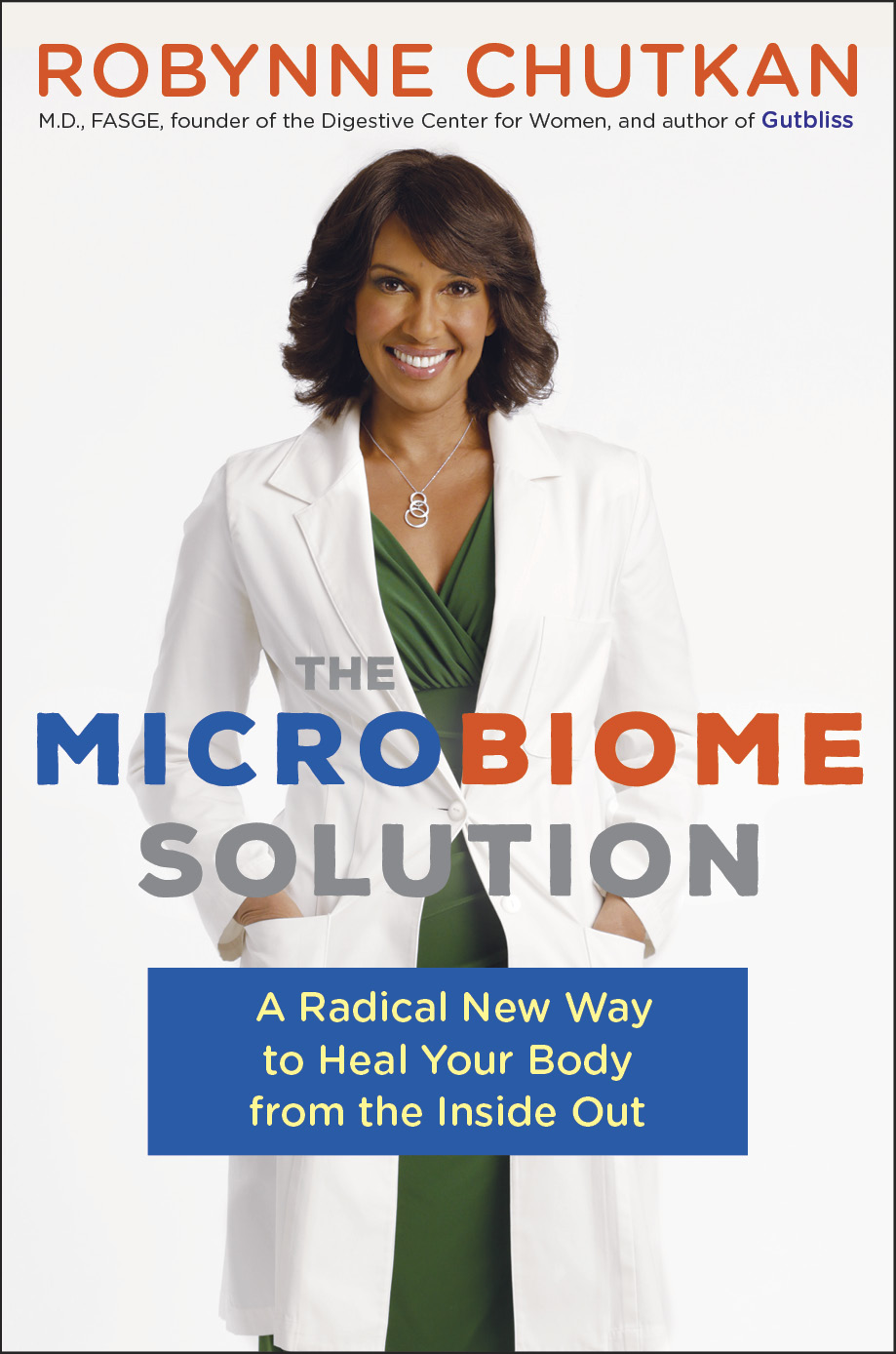A hemorrhoid is an inflamed vein that develops in the lower rectum (internal hemorrhoids) or anus (external hemorrhoids). Hemorrhoids most often occur when added weight or pressure on the rectum and anal regions causes veins to bulge outward from the skin or mucosal lining and become inflamed. Hemorrhoids are more common in pregnant women and obese individuals, as well as older populations; approximately half of those over the age of 50 have experienced a hemorrhoid.
SYMPTOMS
Common symptoms of hemorrhoids include:
- Blood in the stool
- Blood on the toilet paper
- Anal itching or irritation
- Anal discomfort or pain
- Stool leakage
Chronic hemorrhoids are associated with anemia, as small amounts of blood loss over a long period of time can occur.
CAUSES
Factors that weaken the thin lining of the rectum and anus, adds weight or pressure to the rectal area, or causes constipation and difficult to pass stools can lead to the development of a hemorrhoid. Some of these factors include:
- Aging
- Prolonged toilet sitting
- Anal intercourse
- Low fiber diet
- Obesity
- Pregnancy
- Constipation
- Persistent diarrhea
- Difficult to pass stools (large and/or hard)
DIAGNOSIS
External hemorrhoids are diagnosed using a digital rectal exam (the rectal insertion of a lubricated finger protected by a glove is performed to identify physical manifestations), and manual inspection, as they can be felt with the fingers and seen by the naked eye. Internal hemorrhoids are more difficult to diagnose; they are located inside the lower portion of the rectum and are often soft and difficult to feel. Your doctor may use an anoscope to investigate internal hemorrhoids, during which a small instrument is inserted into the rectum.
TREATMENT
Lifestyle Modifications
Lifestyle modifications, such as a high-fiber diet, staying well hydrated, and physical activity are essential for maintaining regular bowel function and avoiding the straining, extended toilet sitting, constipation, and hard to pass stools that are associated with hemorrhoids. If you are diagnosed with a hemorrhoid, a high-fiber diet and a psyllium husk supplement, increasing your water consumption to at least 2 liters daily, and partaking in daily exercise, can help you achieve soft, easy to pass stools, which will decrease the pressure on your rectum and allow your hemorrhoid to heal properly.
Pain Relief
If you have a hemorrhoid, using an icepack on the sore area, sitting on a cushion, soaking in a warm bath, and wiping with a wet towelette instead of toilet paper, can help alleviate pain. Although over the counter creams, pads, and suppositories are available for pain relief, these products are not recommended, as most of them contain hydrocortisone, which can cause skin atrophy if used beyond a few days.
Other treatments
Lifestyle modifications resolve most hemorrhoids, although in severe cases, the following procedures are sometimes used:
- Rubber band ligation: a rubber band is placed tightly at the base of the hemorrhoid to cut off blood circulation; the hemorrhoid usually dies and falls off within a week.
- Sclerotherapy: a solution is inserted into the hemorrhoid, which causes it to die; the hemorrhoid shrinks and is usually absorbed into the surrounding tissue.
- Coagulation: infrared light is directly administered to a hemorrhoid, causing it to scar and shrink as blood supply is redirected to surrounding healthy tissue.
- Hemorrhoidectomy: in cases of large internal or external hemorrhoids, surgery is sometimes performed to remove the protruding vein.





